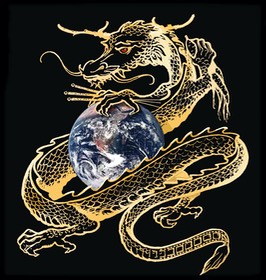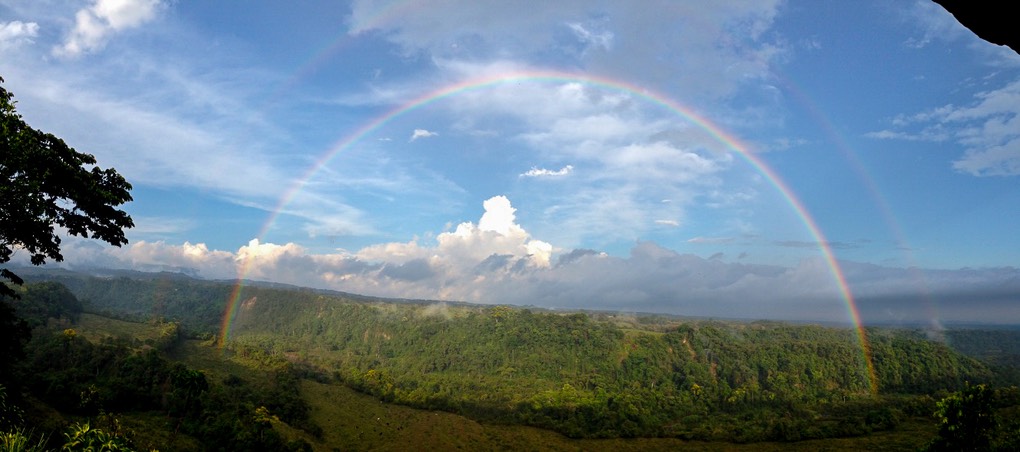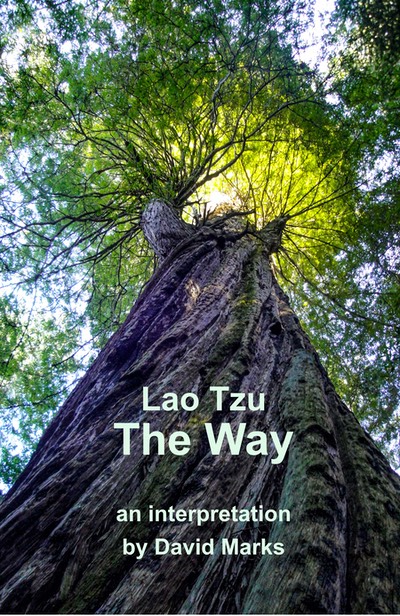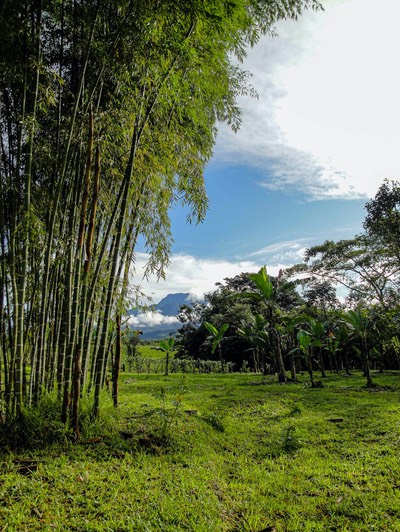
Introduction
Over centuries, Lao Tzu’s Tao Te Ching has been translated and adapted hundreds of times. Through its subtle wisdom and timeless appeal, its message has endured and continues to inspire readers.
There is no definitive edition of the Tao Te Ching in any language. To begin to understand a Chinese philosophical treatise that is nearly 2500 years old, some subjective interpretation is required.
Tao Te literally translates as the way of the virtuous. Ching is a classic work, but as with the contents, the title’s meaning is open to some interpretation. This version is simply titled, The Way, as the broader concept of the Way or Tao incorporates remaining in harmony with the natural order of life.
Mystics, students and teachers have discussed the meaning and application of Lao Tzu’s text since its first appearance. Its origin also remains the subject of fables and scholarly debate.
The first known copies of the Tao Te Ching date from the fourth century B.C., and were written on strips of bamboo. Lao Tzu, meaning old master, is said to have lived sometime before then, as early as the sixth century B.C. Some historians have characterized him as a legendary figure, though the name may refer to a number of different people who lived over several hundred years. This is something we can never know for sure.
For the purposes of this version, imagine Lao Tzu was a humble, wise and respected person who never sought fame or fortune. Legend describes how, as an elderly man, Lao Tzu reluctantly encapsulated his profound intuitive views and practical thoughts into a single, short poetic essay.
According to recent research, the Tao Te Ching was inspired by The Yellow Emperor’s Classic of Internal Medicine, the first treatise on the philosophical and practical elements of Traditional Chinese Medicine.
Both texts advise on how to remain in a balanced state and prevent disorder. Although there is no confirmed date of the appearance of The Yellow Emperor’s Classic of Internal Medicine, there is general agreement that it predates the time of Lao Tzu.
Regardless of its origins, the Tao Te Ching remains one of the most ancient, profound and important commentaries on the human condition.
With its metaphysical concepts set out in a short form of eighty-one verses, Lao Tzu’s philosophy has invited numerous contrasting translations and interpretations. Because Classical Chinese characters represent words or concepts, and can only be understood within their specific context, even the most literal versions attribute different meanings to the original Chinese text.
Some have claimed that one edition or another, whether literal or interpretive, stands out above others; this is the subject of ongoing debate. Nonetheless, every translation contains some essence of the text’s original meaning, and Lao Tzu’s perspective shines through.
The original Chinese Tao Te Ching has poetic verses that add emphasis to the meaning and make the stanzas easier to memorize and share. The overall editorial approach to this new version attempts to do the same, making the concepts understandable to the reader by finding the essence of the original text within a rhythmic structure. The rhyming stanzas clarify themes and enhance their meaning. And, as in the original Chinese text, the poetic format allows for easier recollection.
The Way is extrapolated from early 20th century English translations of the Tao Te Ching, commentaries on the original Chinese text and an understanding of the basic tenets of Traditional Chinese Medicine. These elements serve as the foundation and words chosen for this version.
Lao Tzu begins by describing the weakness of words in understanding the natural order. It would defy any logic that his treatise would go on to explain nature with complex, obscure descriptions.
Thus an overt, reductionist approach has been applied here that distills both concepts and terms. This Tao Te Ching, when compared to others, may be deemed simplified or imprecise relative to the original characters or their place in the stanzas. Though an understandable critique, for most readers, The Way will present the concepts in a lucid and accessible form, true to the meaning and intent of the original.
The word nature or creation is used to understand Tao, where other versions might not translate this concept into English. Tao encompasses a natural, unknown, pervasive force; nature and creation are applied similarly with their broadest definition: the manifestation of an omnipresent power within and without us.
Lao Tzu also uses the terms in Chinese for heaven and earth, and they are occasionally used here because in context they add perspective to the central theme of universal creativity.
These cosmological concepts can be understood within a simple framework. Heavenly energy can be appreciated as air and sunlight, and earthly energy as food and material sustenance. In this view, all life, including human existence, is supported by a continuing cyclical process.
Traditional Chinese science rests on a unification theory that considers the perpetual flow of energy between yin and yang: terms used for passive and active elements. Heaven and earth represent these energies, with human life thriving between them.
Although Lao Tzu presents these concepts as foundational, the practicality of the Tao Te Ching comes from his application of cosmology to understanding internal and external human conflicts, decision making and leadership.
Lao Tzu’s perspective on good leaders is not necessarily political. It can also be interpreted generally as a template for an individual’s influence on harmonious social order.
A mystical text that emphasizes simplicity, The Way has unique effects and can take on different meanings as the reader’s life circumstances change. It is not necessarily read in its entirety at once; individual chapters offer insights that readily stand alone.
The Way presents a world view that corresponds with the essential foundations of many spiritual and philosophical teachings. With its emphasis on humility and compassion as elements for improving the quality of life, it is also one of the most ancient and enduring guides to balanced living.
There is universal agreement that the original text encourages contemplation, and this version is certainly open to further interpretation and application, inviting readers to explore their own reactions to the concepts.
Through the veil of language, Lao Tzu’s message remains clear. Understanding our place in the natural order is integral to establishing our equanimity and good health, and by extension, creating a better world for everyone.
***



